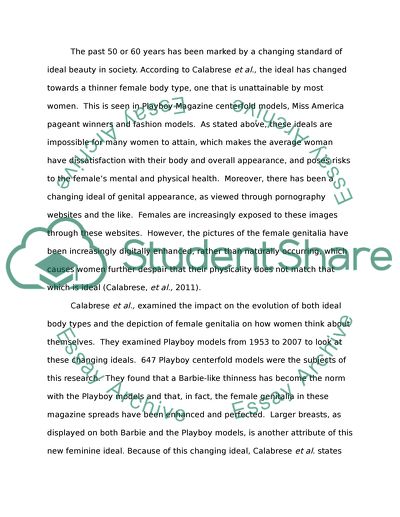Cite this document
(“Sex Differences and Their Responses to Erotica Research Paper”, n.d.)
Retrieved de https://studentshare.org/gender-sexual-studies/1391533-sex-differences-and-their-responses-to-erotica
Retrieved de https://studentshare.org/gender-sexual-studies/1391533-sex-differences-and-their-responses-to-erotica
(Sex Differences and Their Responses to Erotica Research Paper)
https://studentshare.org/gender-sexual-studies/1391533-sex-differences-and-their-responses-to-erotica.
https://studentshare.org/gender-sexual-studies/1391533-sex-differences-and-their-responses-to-erotica.
“Sex Differences and Their Responses to Erotica Research Paper”, n.d. https://studentshare.org/gender-sexual-studies/1391533-sex-differences-and-their-responses-to-erotica.


